15 Forgotten Games From Popular Franchises
Even the biggest and best video game franchises produce the occasional oddity. While some of these games are rightfully forgotten, others deserve a second (or first) look.
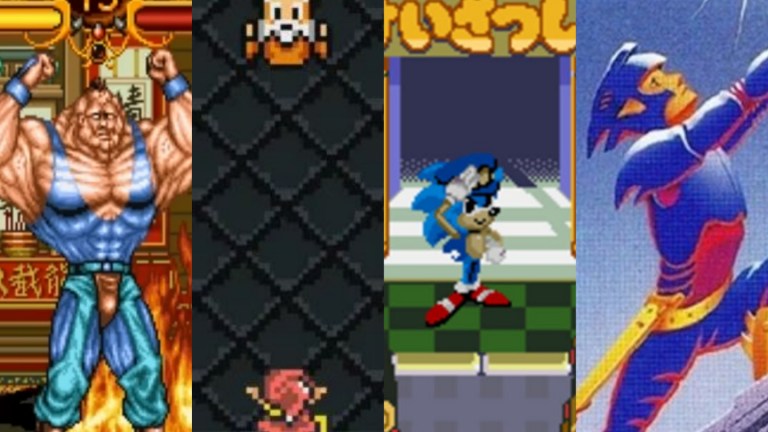
There is no franchise that is so big that it’s immune from some bizarre footnotes that become a forgettable part of its history. It’s inevitable. By the time The Empire Strikes Back had come out, Star Wars had already given us a bewildering TV special about Chewbacca’s version of Christmas, a comedy sketch of Richard Pryor working at the Mos Eisley cantina, and a comic book where Han Solo teamed up with a green Bugs Bunny. The bigger and more expansive the series, the more likely you’re going to see find some curious treasure buried between the couch cushions.
Video games are no different. There are so many great Bomberman games out there, but the series will forever be stained by the gritty, post-apocalyptic reboot, Bomberman: Act Zero. There are ten major Tekken fighting games, but even its fanbase needs to be reminded that Nina Williams once starred in her own adventure. Even Donkey Kong Jr. got a random NES game designed to teach you math.
So many video game series have their own black sheep titles that are often only remembered by the unfortunate few. Here are fifteen of those obscure entries in popular gaming franchises that, for better or worse, have been banished to the attic like a digital Hugo Simpson.
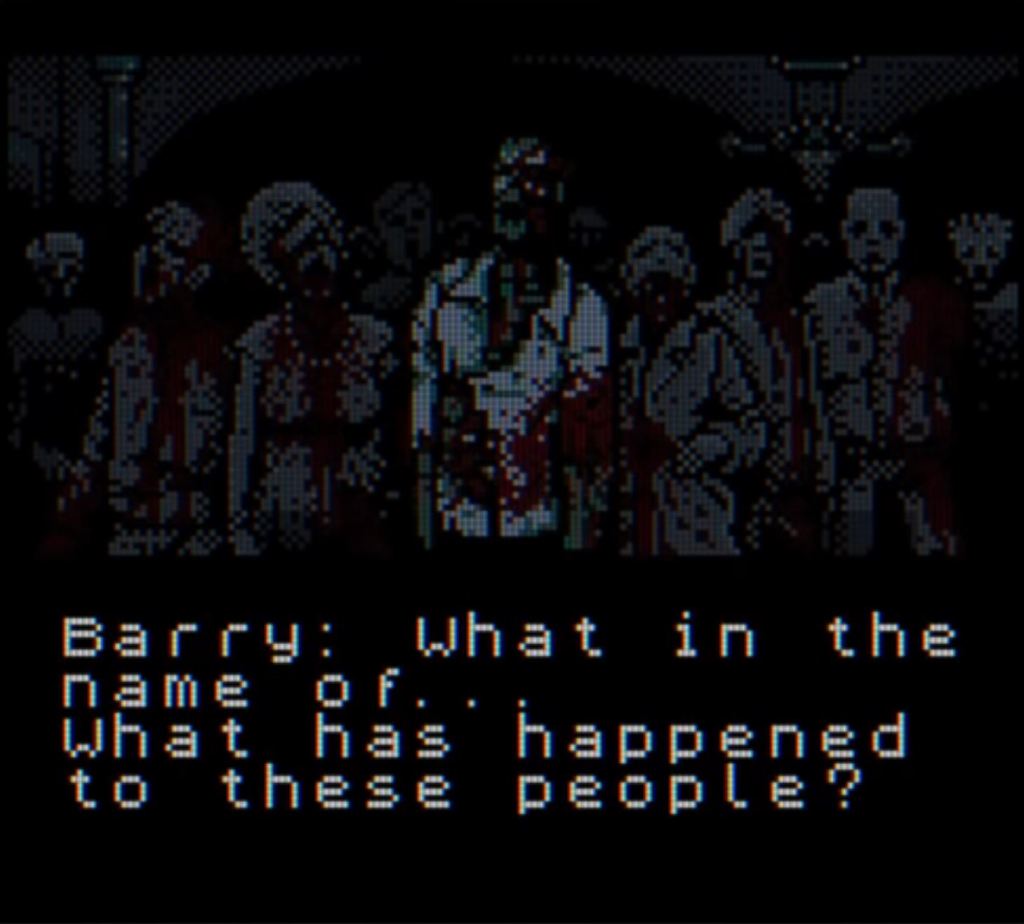
15. Resident Evil Gaiden
Resident Evil was still in its early days when Capcom made the odd decision to send the series to the Game Boy Color. As you’d probably imagine, the hardware wasn’t nearly strong enough to replicate the experience of the franchise’s PlayStation classics. So, the developers opted for a radical game design that didn’t quite catch on but was still a noble effort.
The game follows Leon Kennedy and Barry Burton on a passenger ship filled with zombies. Your playable character wanders around a 2D map as you’d find in most early adventure games, but when faced with a zombie, the gameplay suddenly shifts to a first-person POV where your aim and accuracy are determined by pressing the fire button at the right time on a scrolling bar.
While Gaiden actually features a big cliffhanger ending involving Leon secretly being replaced with a monster, Resident Evil Gaiden would eventually be considered non-canon and the whole thing became moot. No wonder this one is forgotten.
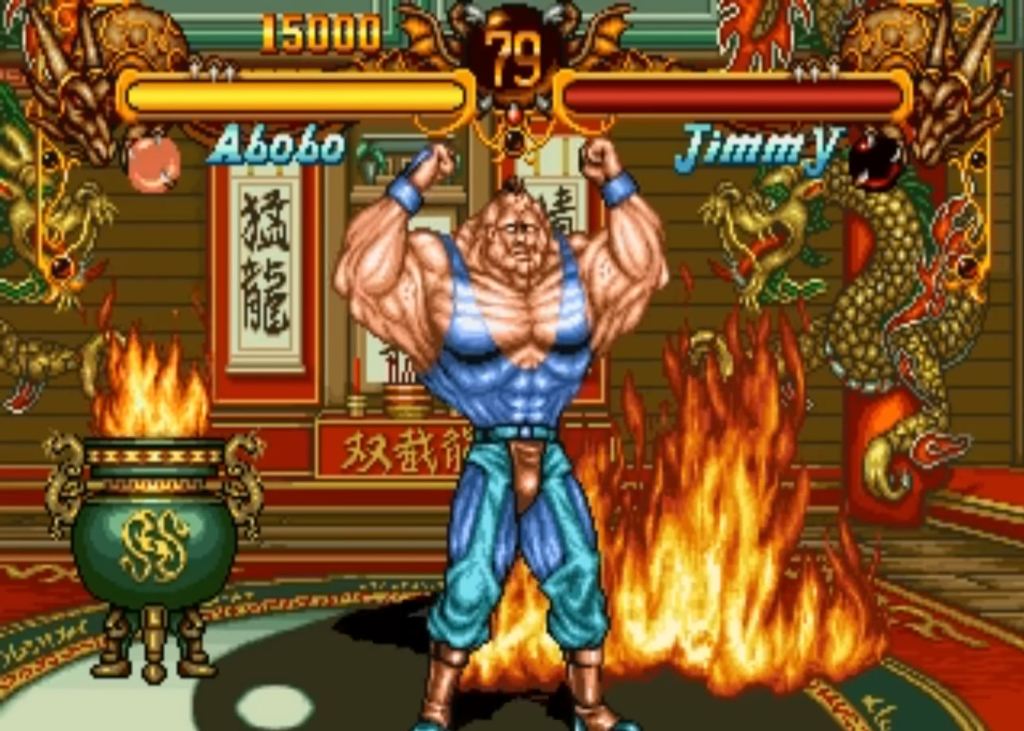
14. Double Dragon for Neo Geo
The Double Dragon live-action movie deservedly bombed at the box office but that didn’t stop someone from letting Technos develop a tie-in for Neo Geo. Rather than your usual side-scrolling beat’em up, they went the fighting game route. Unfortunately, this Double Dragon entry became just another generic fighter quickly lost among many, many better games.
The game’s similarities to the movie are loose, at best. Five of the fighter’s playable characters were featured in the movie (Billy Lee, Jimmy Lee, Marian, Abobo, and Koga Shuko) and little references would pop up here and there (like the Lee brothers’ car being in the background or Abobo morphing into his cinematic steroid golem appearance). However, a couple members of the roster (Burnov and Duke) were actually boss characters from other Double Dragon games with new designs. The rest of the roster consists of generic martial arts characters who really have nothing to do with Double Dragon and have not been seen since.
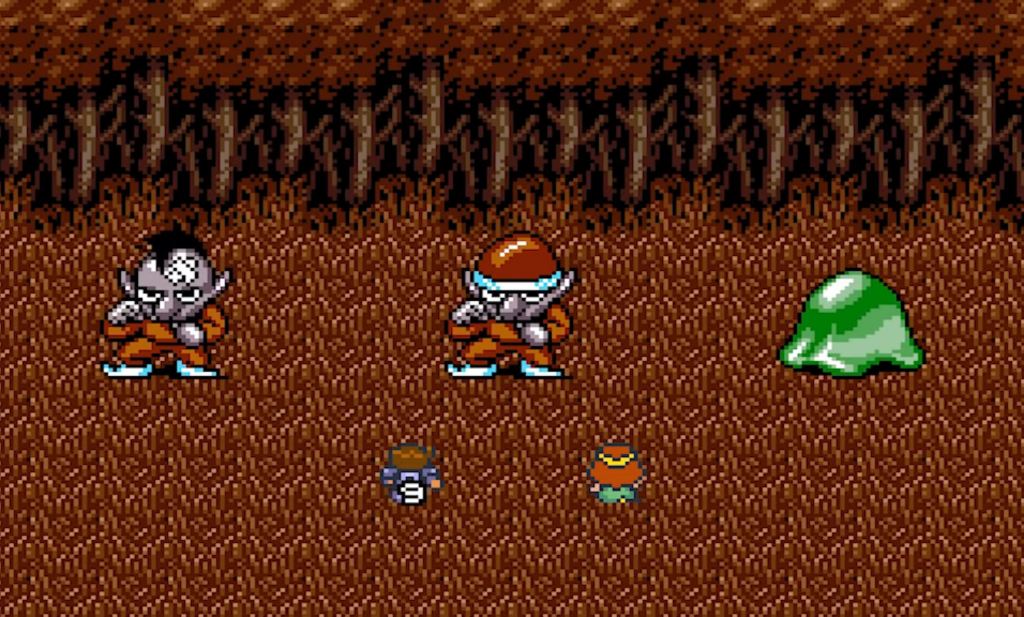
13. Final Fantasy: Mystic Quest
It was one thing for Nintendo to hold back on the original Super Mario Bros. 2 because they felt that North American gamers would find it too hard, but this game takes that idea to a whole new level. Despite the fact that a handful of Square RPGs were already available in North America by the early days of the 16-bit era, it seems that someone at the company felt Western gamers needed help understanding and appreciating the genre.
That idea led to Final Fantasy: Mystic Quest, which was hilariously known in Japan as Final Fantasy USA: Mystic Quest. You could also just call it “RPGs for Dummies.” The game led you by the hand with its simplistic quest design, AI-controlled companions who did the work for you, complete lack of challenge, and overall shallow depth. It annoyed most consumers and would be considered the biggest waste of their time if it wasn’t for the game’s epic soundtrack.
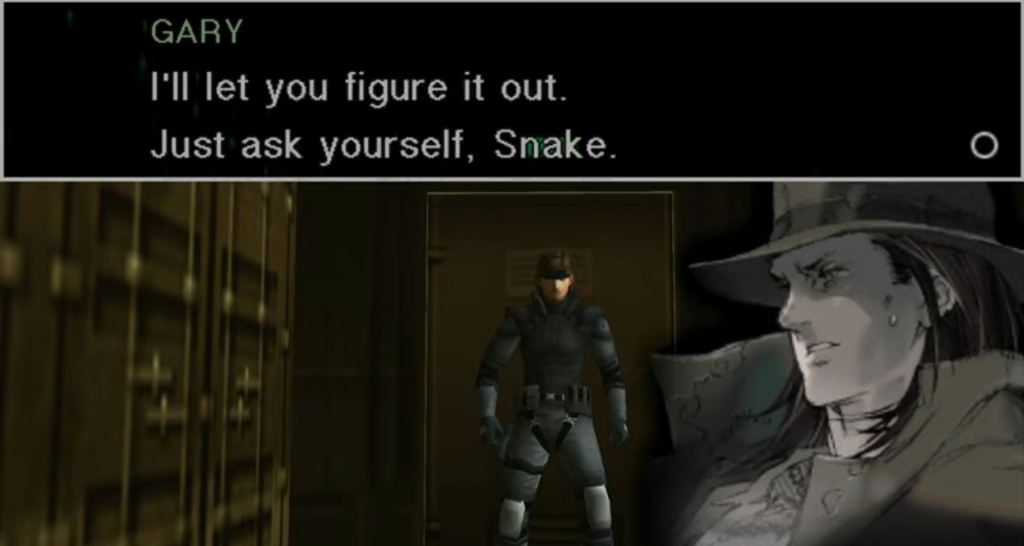
12. Metal Gear Ac!d
Someone definitely could have made a traditional Metal Gear game on the PSP, but they didn’t. Instead, Konami went with this game that features a few classic Metal Gear elements but was actually a turn-based strategy game featuring card combat. That’s right, Ac!d sees Solid Snake and his ally Teliko Friedman sneak around, corner guards, and defeat them through a surprise game of Magic: The Gathering.
Metal Gear Ac!d actually got a sequel, and both versions of the game were available for mobile phones. Metal Gear Ac!d 2 for PSP even came with the Solid Eye: a cardboard attachment that would allow you to watch the game and extra cutscenes in 3D. Ah, the novelty of 3D for a game that wasn’t properly designed with that feature in mind. Makes me feel nostalgic for the Virtual Boy.
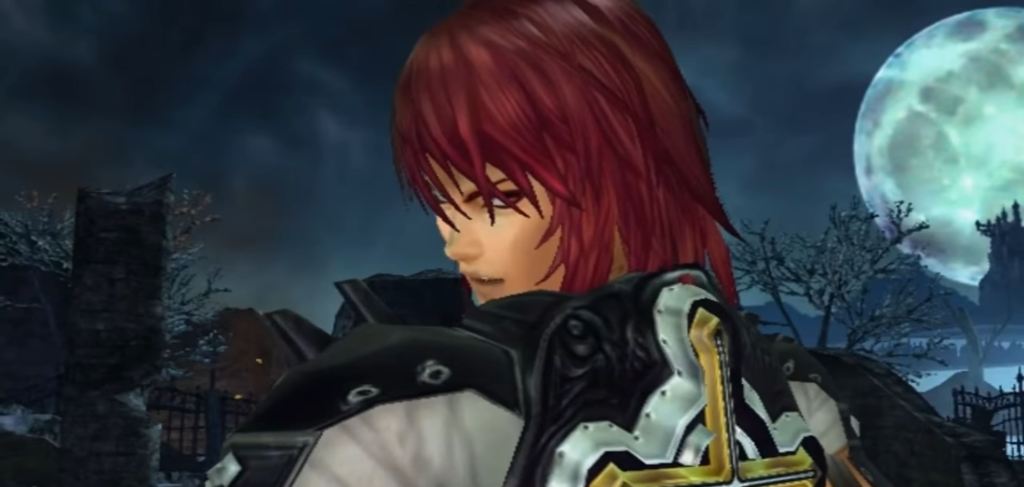
11. Castlevania Judgment
Simon Belmont is no stranger to fighting games. Not only was he brought into Super Smash Bros. Ultimate, but he was even in an early Smash clone, DreamMix TV World Fighters, where he got to take on Optimus Prime and Master Higgins. Back in 2008, Simon and the rest of the Castlevania all-stars even got their own fighter on the Wii, and the results were a bit mixed.
Despite featuring an impressive cast of characters pulled from the massive Castlevania timeline (plus new character Aeon), the game suffered from having manga artist Takeshi Obata take charge of the art direction. Much of the game looks generic, and the parts that don’t look generic are…notable in other ways. I know the Belmonts are into whips, but this is a bit much.
Still, there was plenty of potential in Judgement‘s gameplay, which felt like a marriage between Soul Calibur and Power Stone. Maybe next time don’t do motion controls. Motion controls and fighting games go together like werewolves and silver.
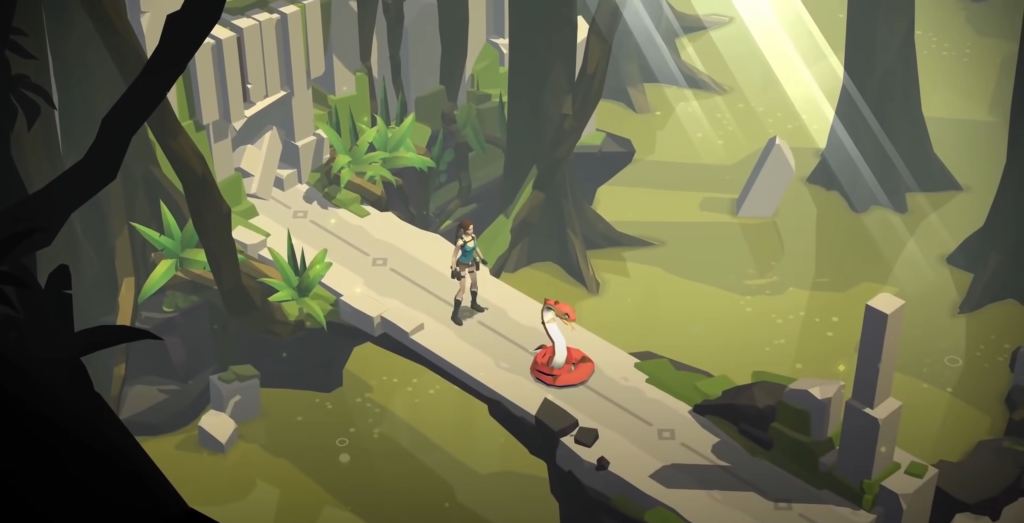
10. Lara Croft Go
There were actually a few entries in the Tomb Raider franchise that would have fit this topic. There’s always the Game Boy Color games, which are strangely most noteworthy for still featuring…err…body physics animated despite that hardware’s limitations. Instead, the nod here goes to one of the most unique games in the series, Lara Croft Go.
Rather than the classic 3D adventuring seen in most other Tomb Raider games, Lara Croft Go utilized an isometric setup where a rather blocky Lara would solve puzzles via a turn-based movement system, all while evading giant snakes and dragons. Certain threats can be taken out with weapons, but this game emphasized movement strategy over action. Then again, if you have an itch to just shoot everything in sight with a similar isometric setup, you could always just try Lara Croft and the Guardian of Light instead.
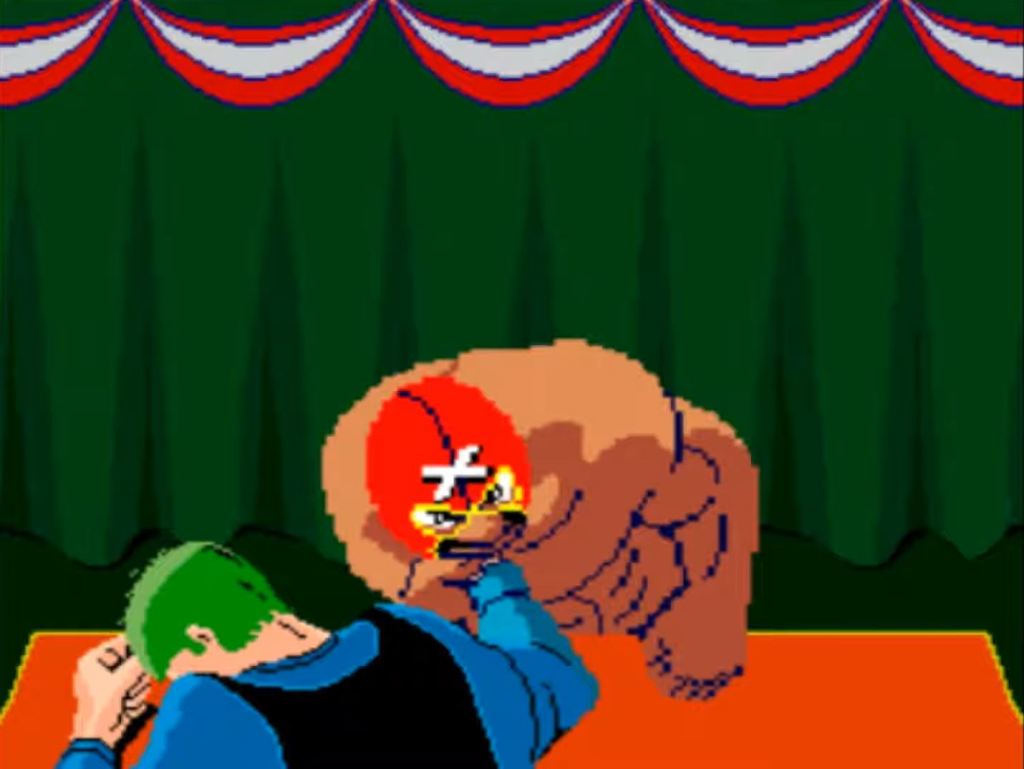
9. Nintendo Arm Wrestling
Nintendo R&D3 put together this lesser-known spinoff of the Punch-Out!! series shortly after the arcade release of Super Punch-Out!!. The game stars the same pre-Little Mac protagonist with the same green hair and crazed facial expression. With sound effects reminiscent of the original Punch-Out!! games, you challenge such colorful characters as a buff cowboy, a sumo wrestler, a pet robo-gorilla, and Frankenstein’s Monster to arm wrestling contests. It’s like the movie Over the Top but it makes way more sense.
What really seals the Punch-Out connection is the presence of Arm Wrestling‘s mysterious opponent, Mask X. Once you’re about to defeat him, the player unmasks the opponent to reveal that he’s none other than Bald Bull. He also tends to throw some headbutts while arm wrestling, which looks to be the inspiration for SNES Super Punch-Out!!’s Masked Muscle fighter.
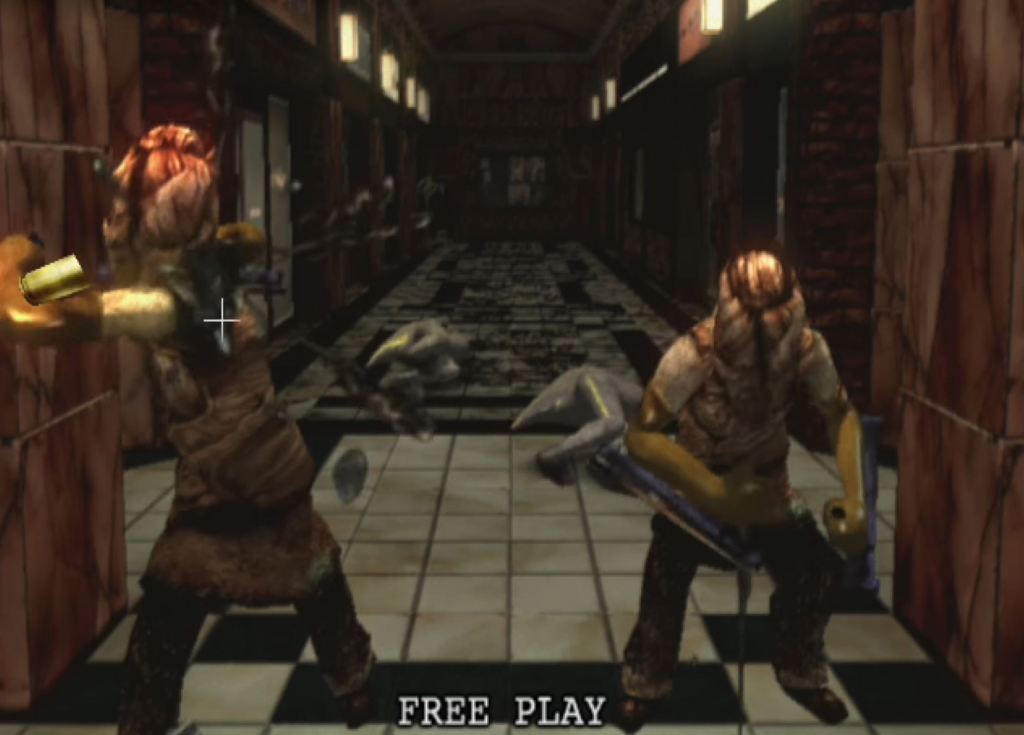
8. Silent Hill: The Arcade
There is no better way to capitalize on a gritty and grimy horror series based on protagonists working through their abstract mental trauma than to turn all of that into a first-person rail shooter. Yes, Pyramid Head is the manifestation of a specific man’s guilt for the horrible crime buried in his psyche. No, that won’t stop the butcher boogeyman from moonlighting as a stage boss in an unrelated narrative. Context be damned, we need that fanservice!
In this arcade shooter, you power through the supernatural fog as you empty clip after clip at an encyclopedia of Silent Hill nightmares from the more well-known games. As you and a buddy try to survive this House of the Dead knockoff, you also get to experience some stilted dialogue that (much like the rest of this game) really shouldn’t exist in 2007.
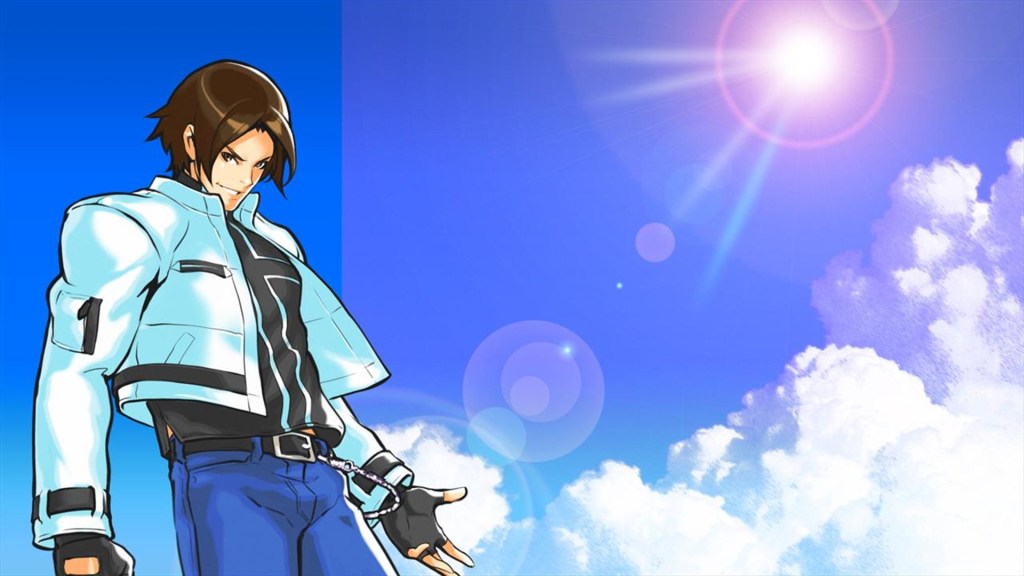
7. King of Fighters: Sky Stage
King of Fighters was born as a gigantic crossover between various SNK properties. While the series has mostly been about teams brawling in a three-on-three format, the franchise’s characters have appeared in other genres. Most of the time, those cameos make some semblance of sense. An RPG based around the series’ protagonist Kyo Kusanagi? Sure, why not? Having Kyo turn into a human spaceship that gets into dogfights with warplanes? Now, that’s just silly.
Sky Stage is a shoot ‘em up based on the idea that various King of Fighters characters (Kyo Kusanagi, Iori Yagami, Terry Bogard, Athena Asamiya, Kula Diamond, and Mai Shiranui) have been granted the magical ability to fly and spam projectiles. During their journey through bullet hell, they end up taking on various King of Fighters villains that have also gained the power to fly and shoot lasers in every direction. It’s not a bad game, but it will have you asking, “Why is this happening?”
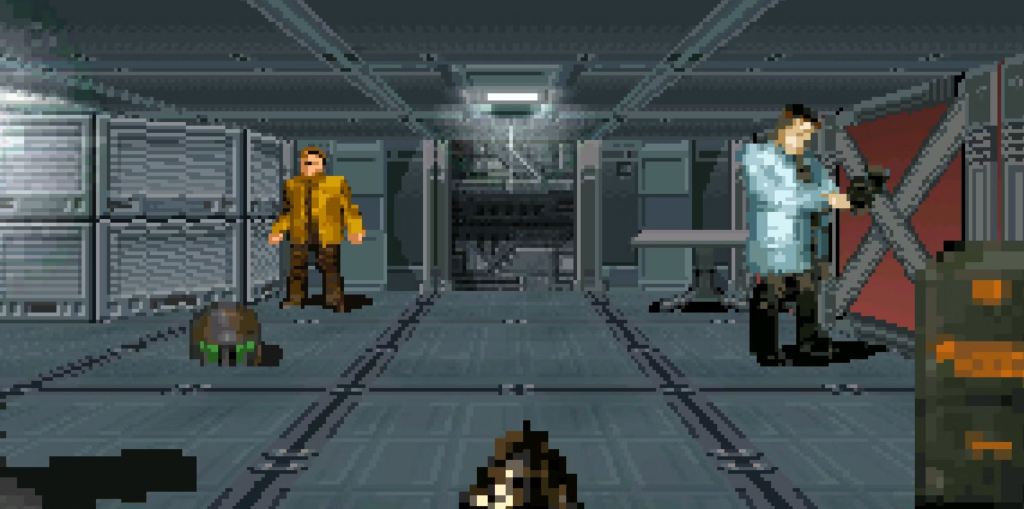
6. Doom RPG
The internet is weirdly fascinated with getting Doom to run on everything these days, but in 2005, the idea of playing Doom on a cellphone was a wild dream. When Fountainhead Entertainment took up that very challenge, they understandably had to make some alterations. They could port the graphics, and they could even pull off a form of 3D movement, but the actual combat needed some compromises to be viable.
So, we got Doom RPG: a plot-heavy take on Doom where the combat revolves around a modified turn-based engine. Enemies show up with different color schemes based on what threat level they are, and there’s even a system where you can tame demon-possessed dogs (assets taken from Wolfenstein 3D) and weaponize them against other enemies. It’s a fresh and unique take on an old classic that is unfortunately no longer around in a strictly legal sense.
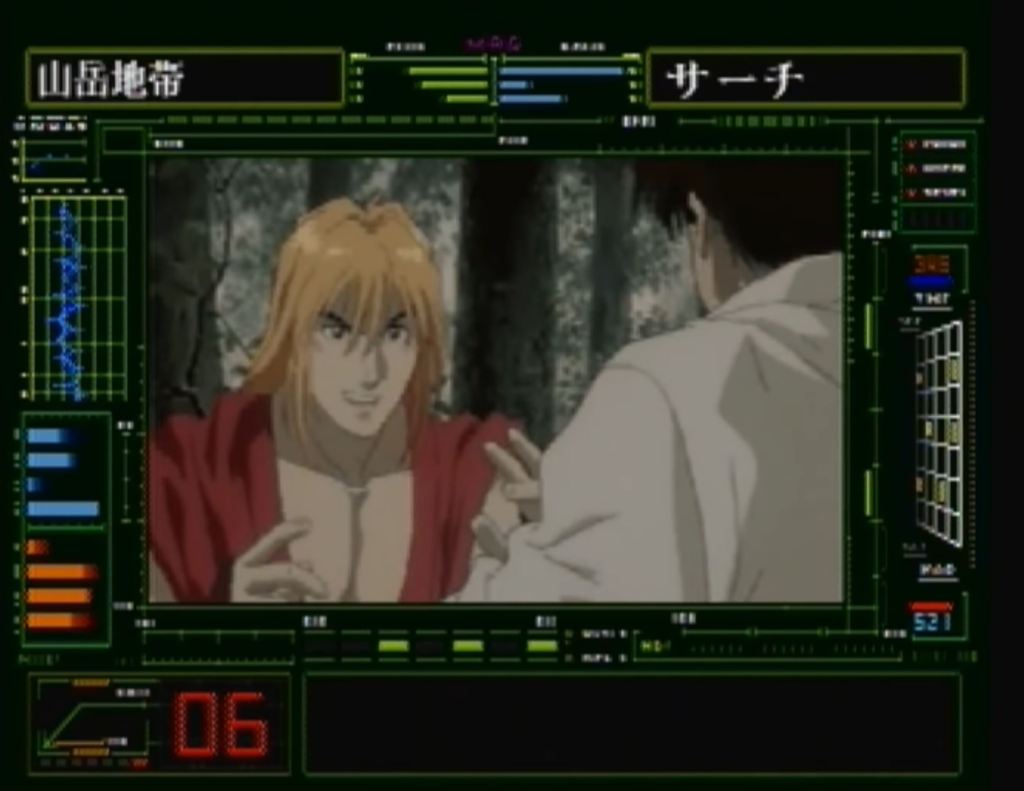
5. Street Fighter II: The Interactive Movie
A lot has been said about the Street Fighter game based on the live-action movie that used terrifying digitized graphics. What isn’t talked about enough is this video game tie-in to Street Fighter II: The Animated Movie.
In this game, you play as a Shadaloo cyborg tasked with keeping an eye on the greatest fighters in the world. In other words, you literally spend over an hour watching a slightly abridged version of the film while essentially playing Pokemon Snap. Taking snapshots during special moves and the like builds up your strength for later.
By “later,” I mean that once the movie nears its ending, you actually get to play as the cyborg in a one-on-one fight against Ryu. That’s right, the whole game is one lengthy cutscene followed by a single match. Lose and you get the movie’s original ending. Win and get a new ending where Ryu crashes a Shadaloo party and challenges Bison’s whole crew by himself. Win without taking any damage and the cyborg kills Ryu while absorbing his personality, creating an epilogue where it betrays and destroys Bison.
Anyway, did you know that in the English dub of Street Fighter II: The Animated Movie, Bryan Cranston did the voice of Fei Long? I learned that recently and I don’t know how to process that information. That burden is now yours to share.
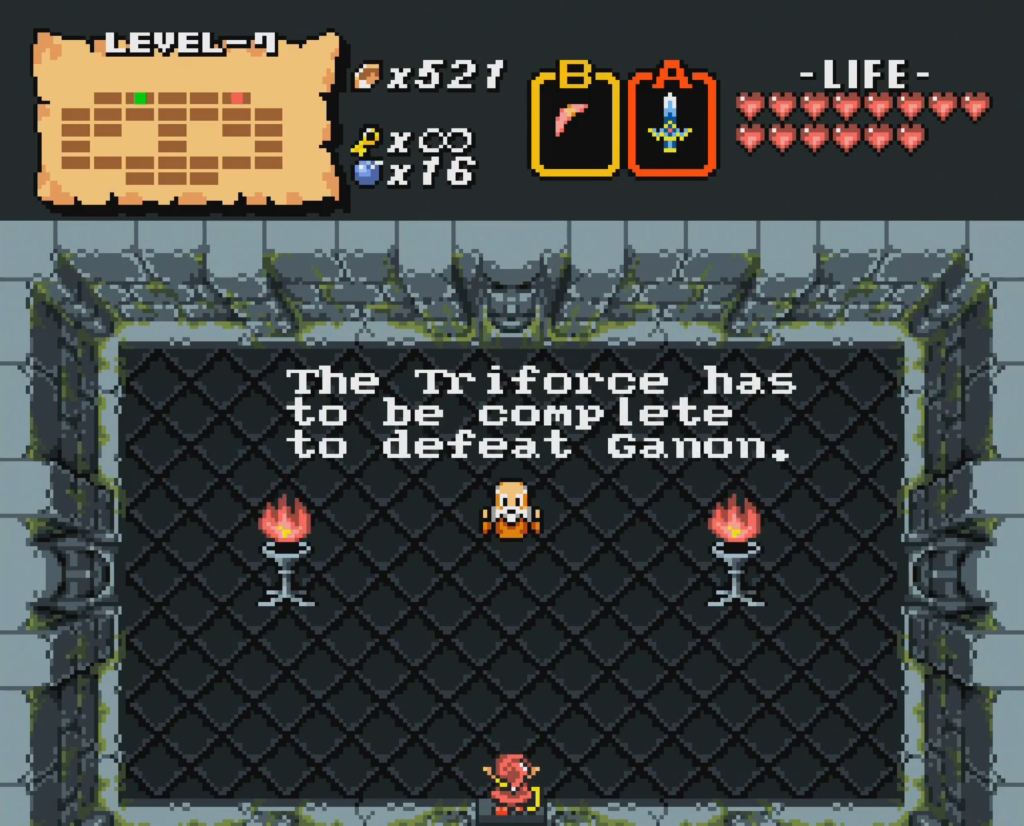
4. BS Zelda no Densetsu
Yeah, I probably could have talked about the CD-i Zelda games here, but those have garnered The Room level of notoriety and are no longer as forgotten as they should be. Instead, I’m going to cherry-pick from the outright bizarre experiment that was the Satellaview.
On the surface, BS Zelda No Densetsu is a 16-bit remake of the original Legend of Zelda done in the style of a “third quest.” That’s actually a great idea for a rerelease, but you’d expect something like that to be a bit more well-known, even if it was a Japanese-only product.
Then again, the Satellaview was one of those ideas that was undeniably creative and ambitious, but fundamentally did not work. The device essentially “broadcasted” games like this to its users and only allowed those users to access them during scheduled broadcast times. Subsequent broadcasts would open up more of the map, but once BS Zelda no Densetsu was done, that was it. There was no cartridge or downloaded game file left on the hard drive. It’s just a piece of lost media that lives on as one of the stranger experiments in video game history.
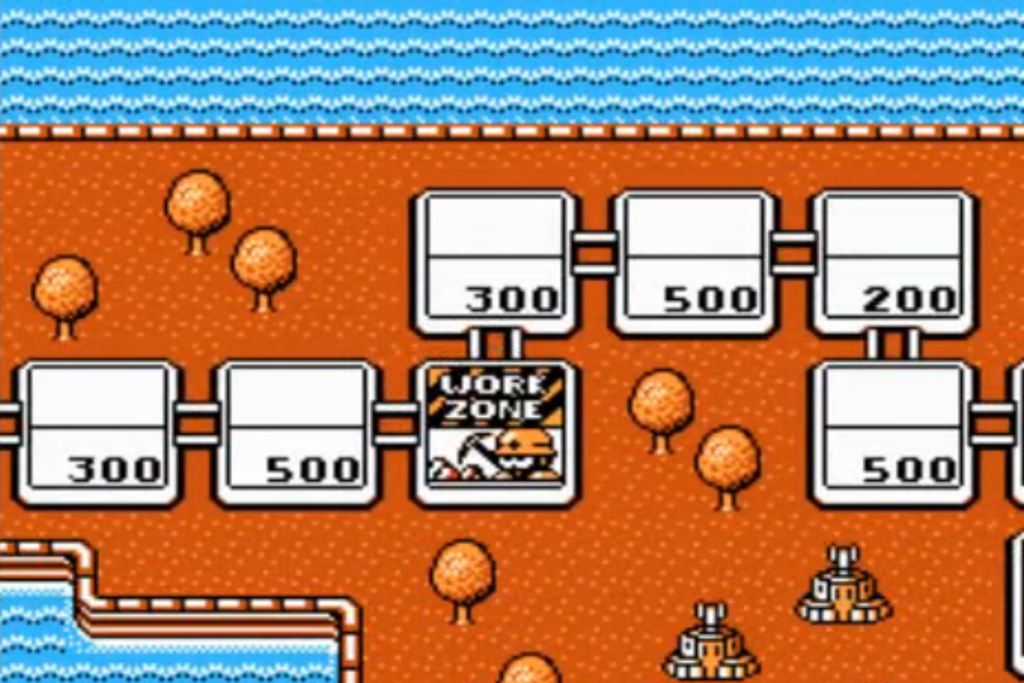
3. Wily & Right no Rockboard: That’s Paradise
By the early ’90s, Capcom was cranking out Mega Man games one after another. Mega Man 5 was just released, and the company was less than a year away from dropping Mega Man 6 and Mega Man X. They even had Mega Man Soccer on the horizon, with its face-meltingly awesome theme song for the Dr. Wily Field. In Japan, Capcom decided to tap into the virtual board game market with Wily & Right no Rockboard: That’s Paradise.
This game is basically Monopoly with 8-bit Mega Man graphics. For some reason or another, you can’t play as Mega Man himself, though, and are instead forced to choose between Dr. Light/Right, Dr. Wily, Roll, and Mega Man 4 characters, Dr. Cossack and Kalinka. There are even various different boards that come with chill remixes of classic Mega Man boss themes. While it isn’t the most exciting game in the franchise, this oddity of the Mega Man series does have a fan-made English translation out there for anyone interested in exploring the depths of that franchise.
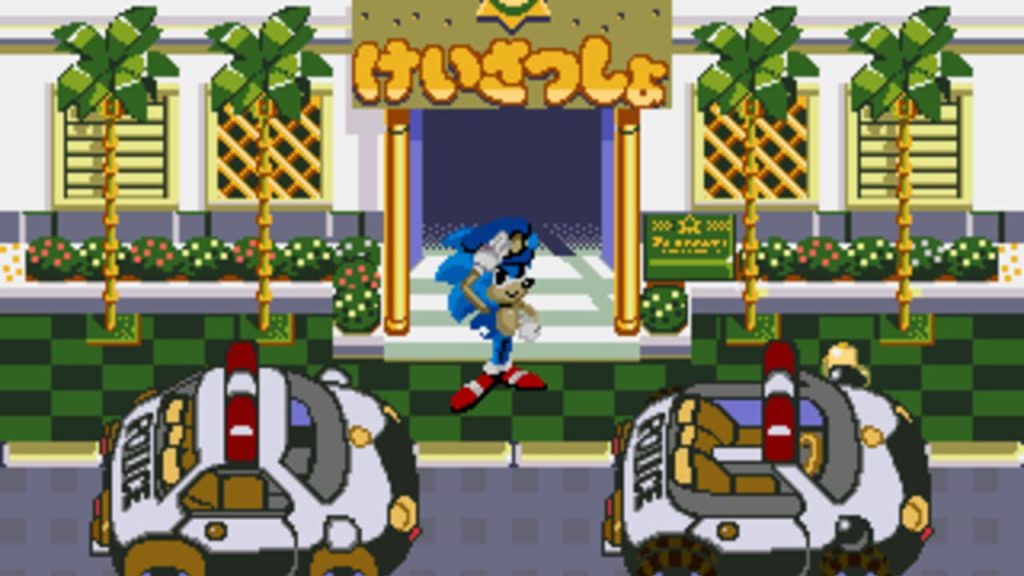
2. Waku Waku Sonic Patrol Car
Sonic has starred in a ton of oddball games, but this one takes the prize. Waku Waku Sonic Patrol Car was a very, very limited video game that existed inside a fake patrol car for children to ride. In the game, you play as Officer Sonic, who drives through the streets, evading traffic, stopping at red lights, and ultimately hunting down a road-raging Dr. Robotnik.
It’s an incredibly brief “game” that leads to a very simple boss battle against Robotnik. The only possible replay comes from trying to get a better star rating. Otherwise, if you wanted a more eventful and challenging Sonic arcade game, you’d have to wait for 1993’s Sonic the Hedgehog, where Sonic and his oh-so-memorable buddies Ray and Mighty run non-stop and try to evade Robotnik’s many, many brutal traps. At least the patrol car game allows Sonic to defend himself.
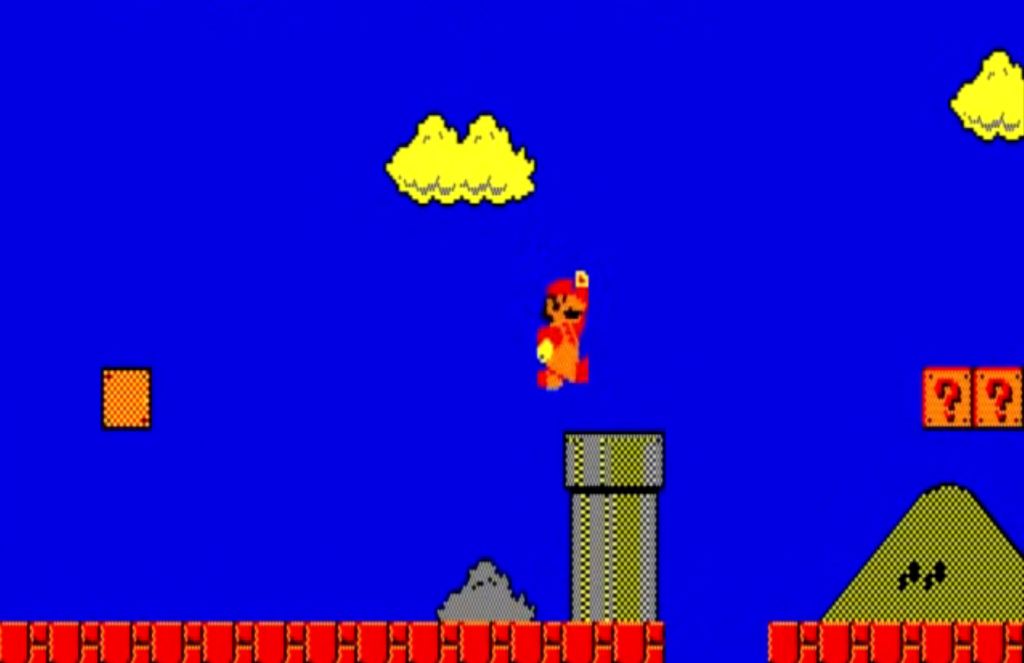
1. Super Mario Bros. Special
There are so many forgotten Mario games to choose from. Whether he’s teaching you to type, running a hotel, or being kidnapped in an edutainment disaster, Mario has never hesitated to take an inexplicable detour. For this list, though, I’m going to discuss Super Mario Bros. Special: part of an early series of “enhanced” ports Hudson Soft would do to home computers.
Due to the limitations at the time, the game is missing scrolling screens, a playable Luigi, and functional controls. To make matters worse, the graphics and distorted music come off as something you’d find in a Super Mario creepypasta.
That said, this game does feature a few genuinely interesting ideas. Enemies include the crab and angry bee from Mario Bros., as well as the barrels and sentient fireballs from Donkey Kong. Speaking of Donkey Kong, the invincibility hammer from that game actually makes an appearance here. Other notable power-ups include a screen-clearing “Lucky Star” and a wing that allows Mario to fly (which predates the raccoon suit by a couple of years). It’s more “swimming through the air” than flying, but much like the rest of this game, it still technically counts.
